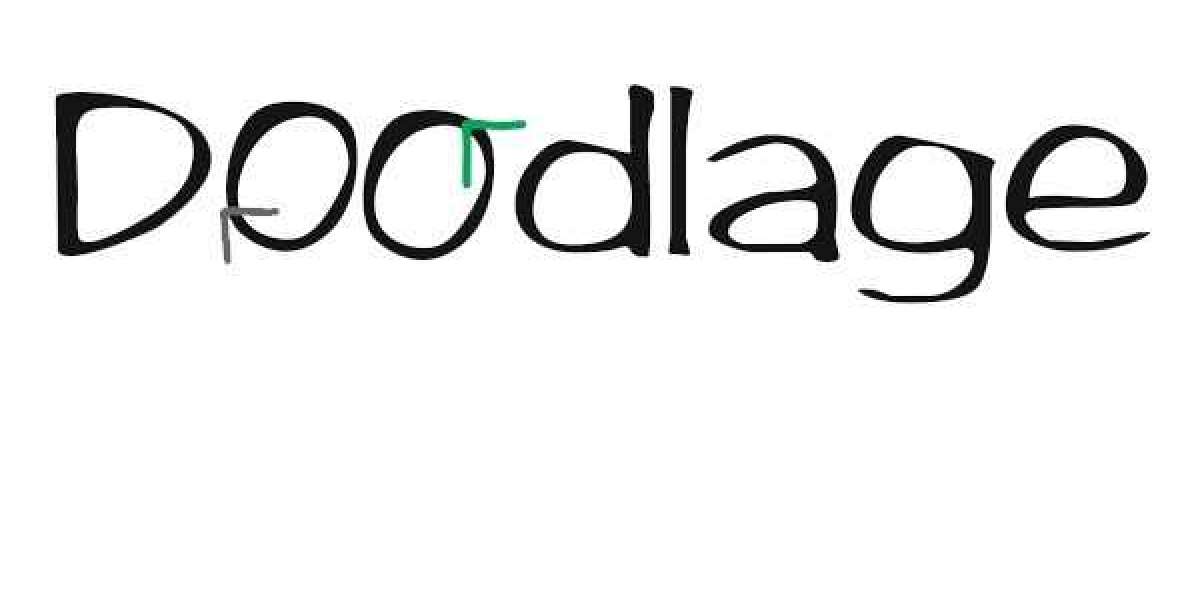Introduction: Pay-per-click (PPC) advertising has revolutionized the way businesses promote their products and services online. In this comprehensive guide, we'll delve into the intricacies of PPC advertising, exploring its potential to drive targeted traffic, boost conversions, and maximize ROI.
1. Understanding PPC Advertising: PPC advertising is a digital marketing model where advertisers pay a fee each time their ad is clicked. It's an effective way to appear prominently on search engines and various online platforms, ensuring your business gets noticed by potential customers.
2. Benefits of PPC Advertising:
- Immediate Visibility: PPC ads offer instant visibility on search engine results pages (SERPs) and other platforms, allowing you to reach your target audience promptly.
- Targeted Audience: PPC enables precise targeting based on factors like keywords, demographics, locations, devices, and more.
- Budget Control: Advertisers have full control over their budget, ensuring they only spend what they can afford.
- Measurable Results: PPC platforms provide detailed analytics, allowing advertisers to track performance, clicks, conversions, and ROI.
3. Types of PPC Advertising:
- Search Ads: These ads appear on search engine results pages when users search for relevant keywords. Google Ads is a popular platform for search advertising.
- Display Ads: Display ads are visual banners that appear on websites within a network. They're effective for brand awareness and retargeting.
- Social Media Ads: Platforms like Facebook, Instagram, Twitter, and LinkedIn offer targeted advertising options to reach specific audiences.
4. Crafting Effective PPC Campaigns:
- Keyword Research: Identify relevant keywords that potential customers might use to find your products or services.
- Compelling Ad Copy: Write engaging ad copy that highlights your value proposition and encourages clicks.
- Landing Pages: Create dedicated landing pages that align with your ads, providing a seamless user experience.
- A/B Testing: Continuously test different ad elements to optimize for higher click-through rates (CTR) and conversions.
5. Setting Up Successful PPC Campaigns:
- Campaign Structure: Organize campaigns and ad groups based on themes to maintain relevancy.
- Quality Score: Platforms like Google Ads assign quality scores to your ads based on relevance, click-through rate, and landing page experience. A higher quality score can lead to lower costs and better ad positions.
- Bidding Strategies: Choose between manual bidding, automated bidding, or a combination of both to optimize your ad placements.
6. Monitoring and Optimization:
- Regular Monitoring: Keep an eye on your campaigns' performance, adjusting budgets and bids as needed.
- Negative Keywords: Filter out irrelevant searches by using negative keywords.
- Conversion Tracking: Implement conversion tracking to measure the success of your campaigns.
- Ad Extensions: Utilize ad extensions to provide additional information and encourage more clicks.
7. Remarketing and Retargeting:
- Remarketing: Show ads to users who have previously interacted with your website, keeping your brand top-of-mind.
- Retargeting: Deliver personalized ads to users who didn't convert on their initial visit, enticing them to return and complete the desired action.
8. Budget Management:
- Start Small: Begin with a modest budget and gradually increase it as you identify winning strategies.
- Allocate Wisely: Distribute your budget based on the performance of different campaigns and ad groups.
Conclusion: Pay-per-click advertising is a dynamic and powerful tool that can drive substantial results for businesses of all sizes. By understanding the intricacies of PPC, crafting compelling campaigns, and leveraging optimization strategies, you can tap into its potential to enhance your online visibility, increase conversions, and achieve your digital marketing goals.
Remember that while this overview covers many key aspects of PPC advertising, the field is constantly evolving. Staying up-to-date with the latest trends and platform changes is crucial for maintaining a successful PPC strategy.








